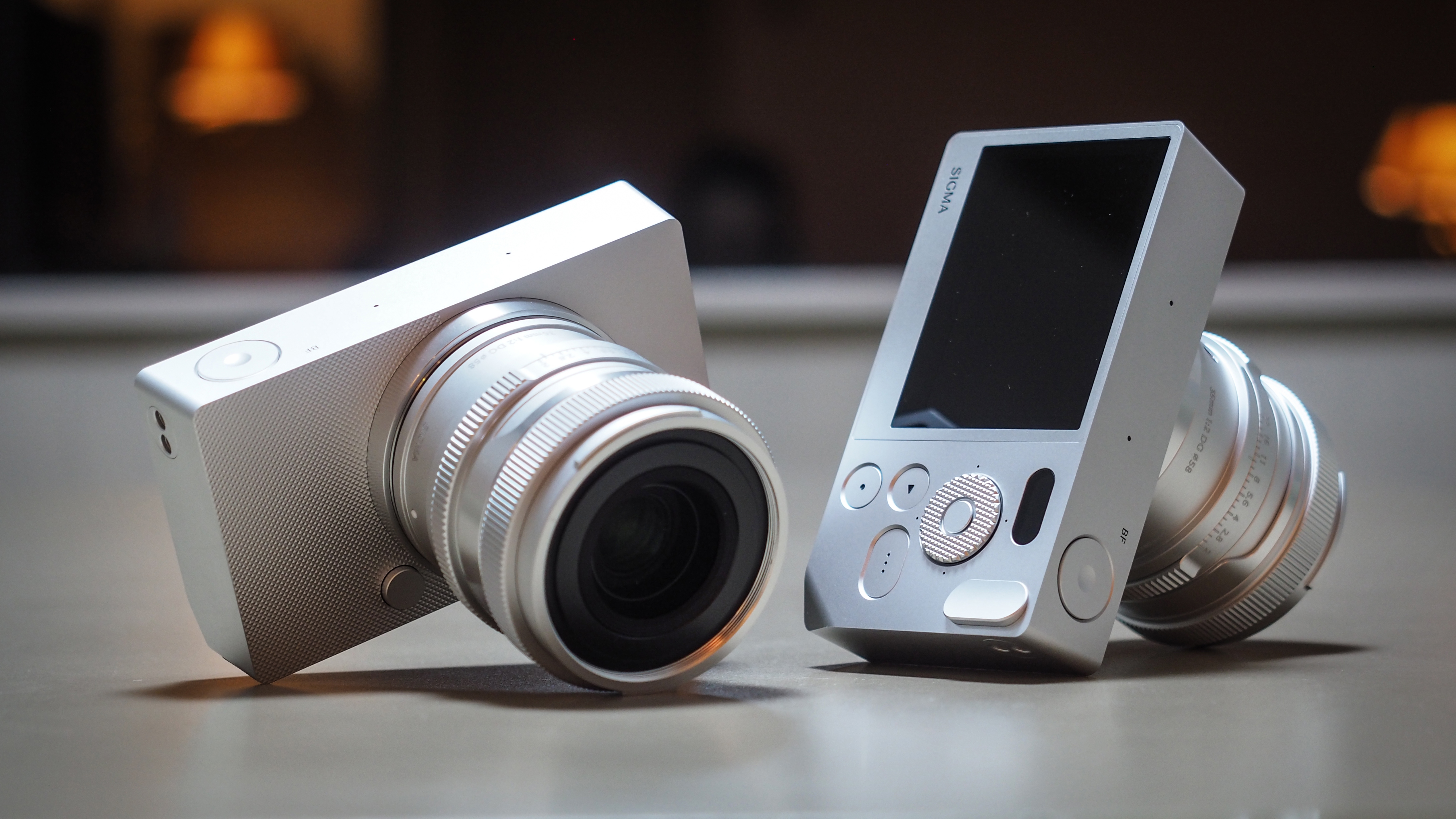Canon EOS R7 vs EOS 90D
The Canon EOS R7 has caused quite a stir, but how does it compare to the Canon EOS 90D, its DSLR alternative?
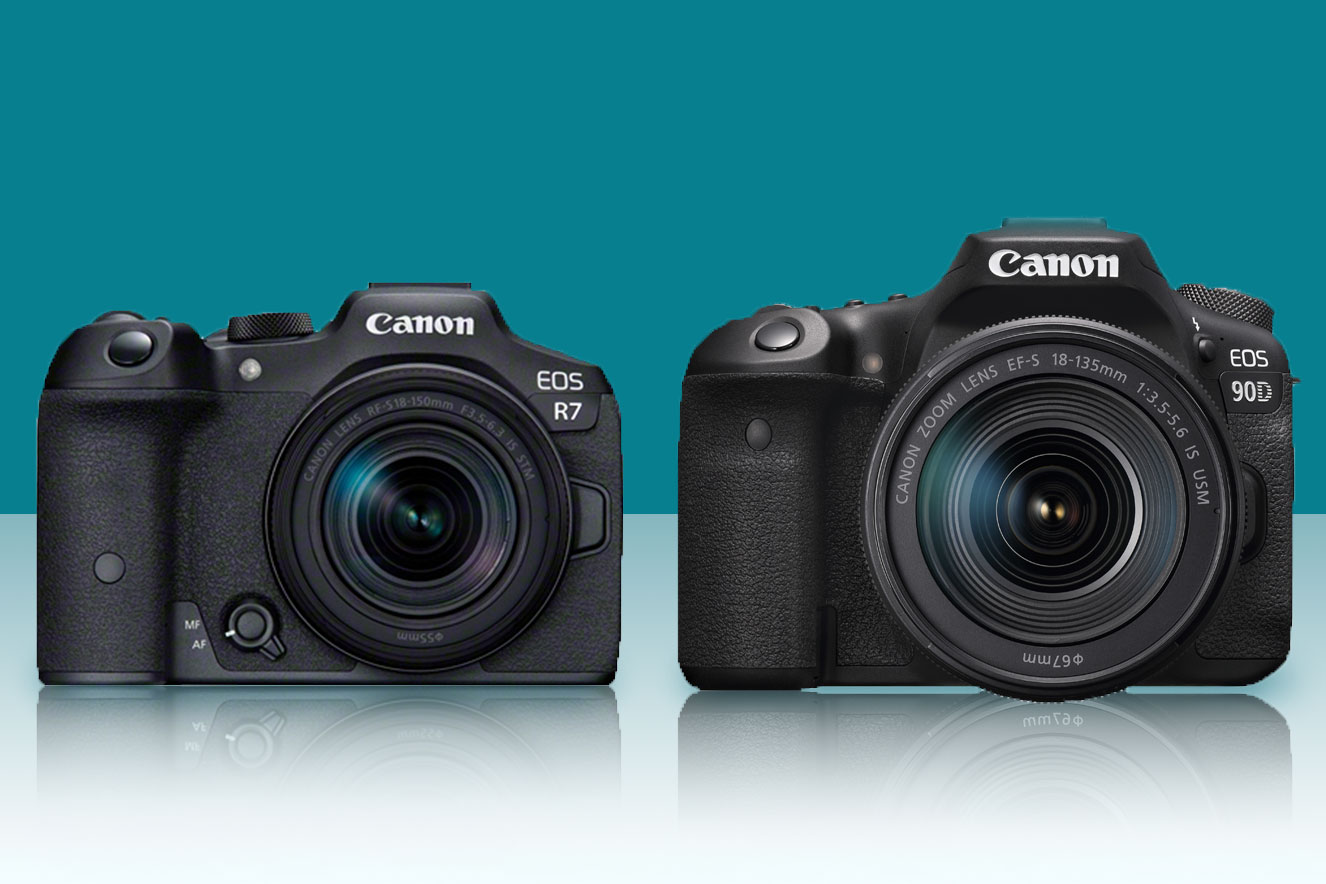
The Canon EOS 90D was announced in August 2019, and was designed to appeal to enthusiast photographers. Its wealth of features make it suitable for shooting a wide range of subjects, from landscapes to sport and wildlife, and from portrait to still life or macro. It's also a DSLR rather than a mirrorless camera.
However, in May 2022, Canon announced the EOS R7, an APS-C format mirrorless camera with the RF lens mount, which is aimed at the same audience. It’s left quite a few users wondering which to go for: DSLR or mirrorless.
Let’s take a look at the key features of the Canon R7 and 90D to see how they compare.
Canon EOS R7 vs EOS 90D
Why you can trust Digital Camera World
1. Sensor
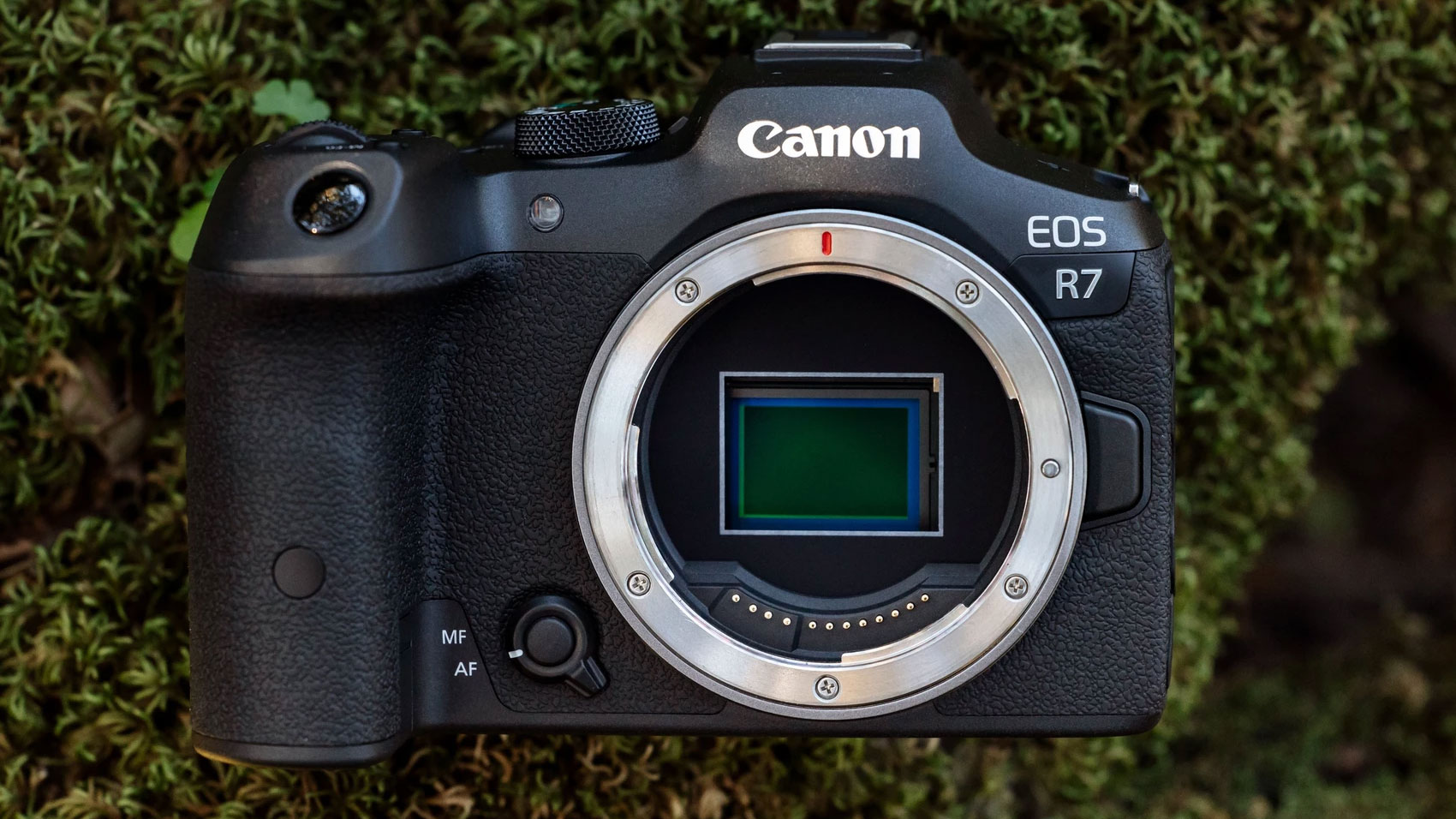
• Canon EOS R7: 32.5Mp APS-C format (22.3 x 14.8mm) CMOS
• Canon EOS 90D: 32.5Mp APS-C format (22.3 x 14.8mm) CMOS
Those sensor specifications look very similar and Canon has been open about the fact that the R7 uses the same basic sensor as the 90D, but the R7’s microlenses and electronics have been refined to give it a performance boost.
Canon has also paired the R7’s sensor with the new DIGIC X processing engine while the 90D has the older DIGIC 8 processor. This has made Canon a little braver with the R7’s sensitivity range, which by default is ISO 100-32,000 for stills, but it can be expanded up to ISO 51,200. Meanwhile, the 90D’s range is ISO 100-25,600 with an expansion setting of ISO 51,200 for stills.
2. Continuous shooting
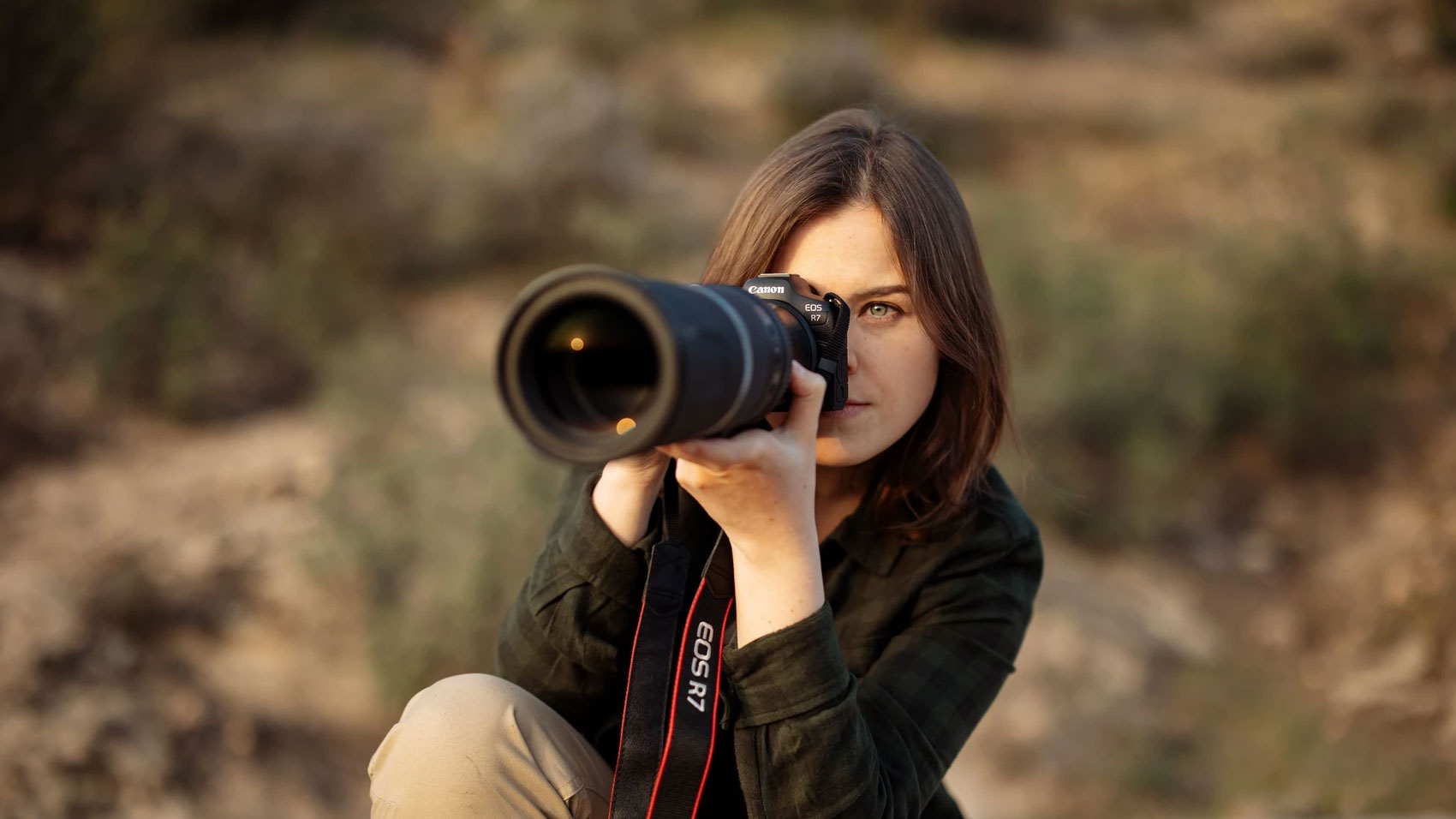
• Canon EOS R7: Mechanical shutter: 15fps for 224 JPEGs or 51 raw images, Electronic shutter: 30fps for 126 JPEG or 42 raw images
• Canon EOS 90D: Viewfinder: 10fps for 58 JPEGs or 25 raw images, Live view: 11fps in One-shot AF, 7fps with Servo AF
The 90D’s continuous shooting rate of 10fps is pretty decent and even when you are shooting sport, it’s likely to be enough for most occasions. However, occasionally there are times when you want something even faster to capture those really fleeting moments like water splashing or a bird flapping its wings to just the perfect angle. That’s when the R7s 15fps and 30fps shooting capability could come in handy – and both of those rates are accompanied with full autofocus and metering functionality.
One of the great things about using an electronic shutter is that it can operate completely silently, so you can shoot at 30fps (or 11fps or 7fps with the 90D) without attracting withering looks in quiet locations.
3. Autofocus
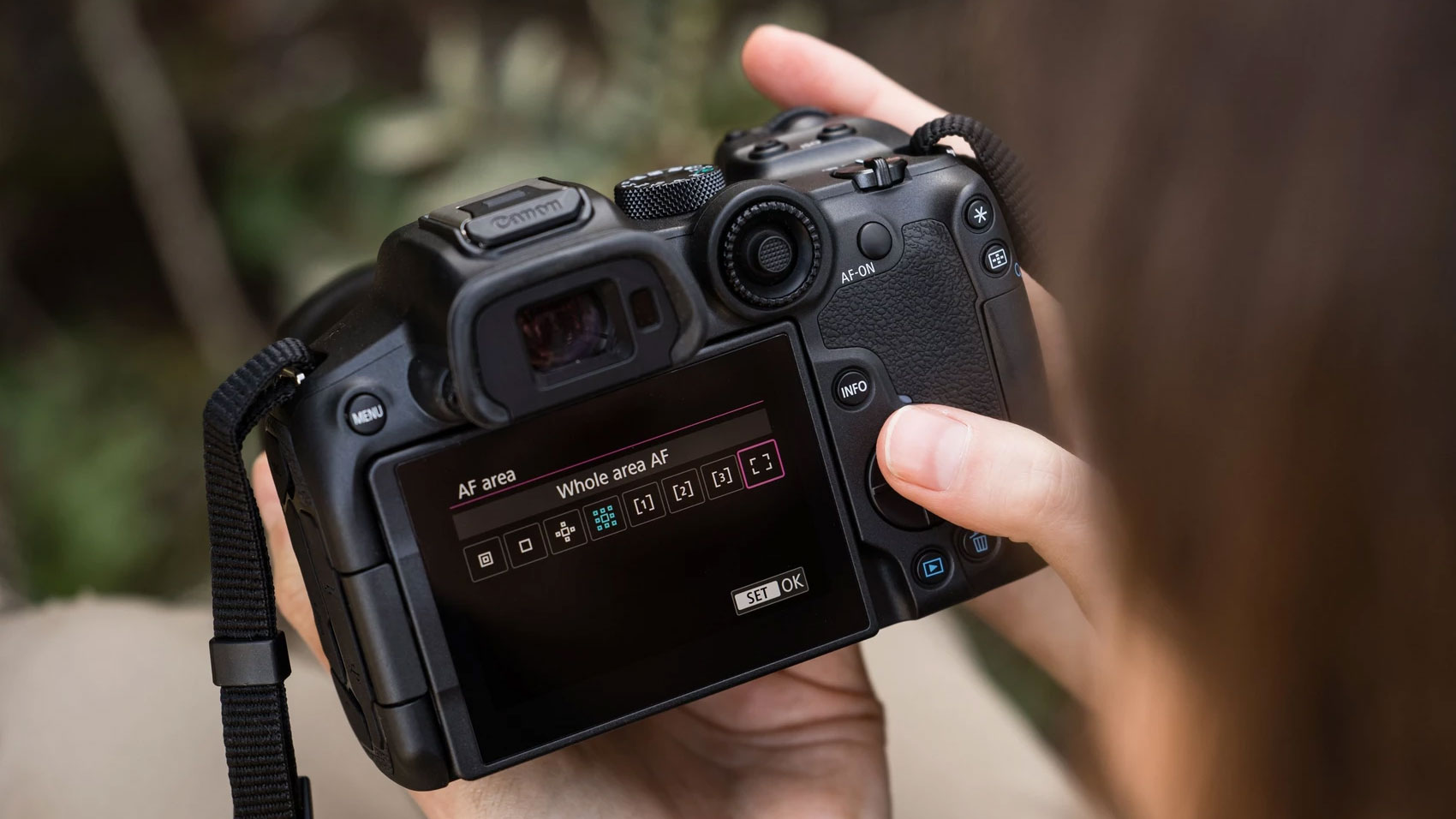
• Canon EOS R7: Dual Pixel CMOS II AF phase detection with up to 5915 positions and 651 automatically selectable points
• Canon EOS 90D: Viewfinder: phase detection with 45 cross-type AF points, Live View: Dual Pixel CMOS AF
As it’s a DSLR with Live View, the Canon 90D has two autofocus systems, one for use when the viewfinder is used to compose images and one for use in Live View mode.
As DLSR viewfinder-based AF systems go, the 90D is very good with 45 points to choose from and a collection of AF point selection modes. However, it’s only sensitive down to -3EV whereas the R7’s AF system is sensitive down to -5EV, making the mirrorless camera better in low light.
In Live View mode the 90D uses Dual CMOS AF, which means it has a phase detection focusing system (complete with Eye Detection) which is fast and accurate. However, the R7 has an updated version of the system, Dual CMOS AF II, plus intelligent subject detection and tracking, which enables it to detect and focus on people, animals and vehicles. It can even prioritise the eyes when eye detection is enabled in the menu. That’s incredibly useful in a wide range of situations.
4. Video
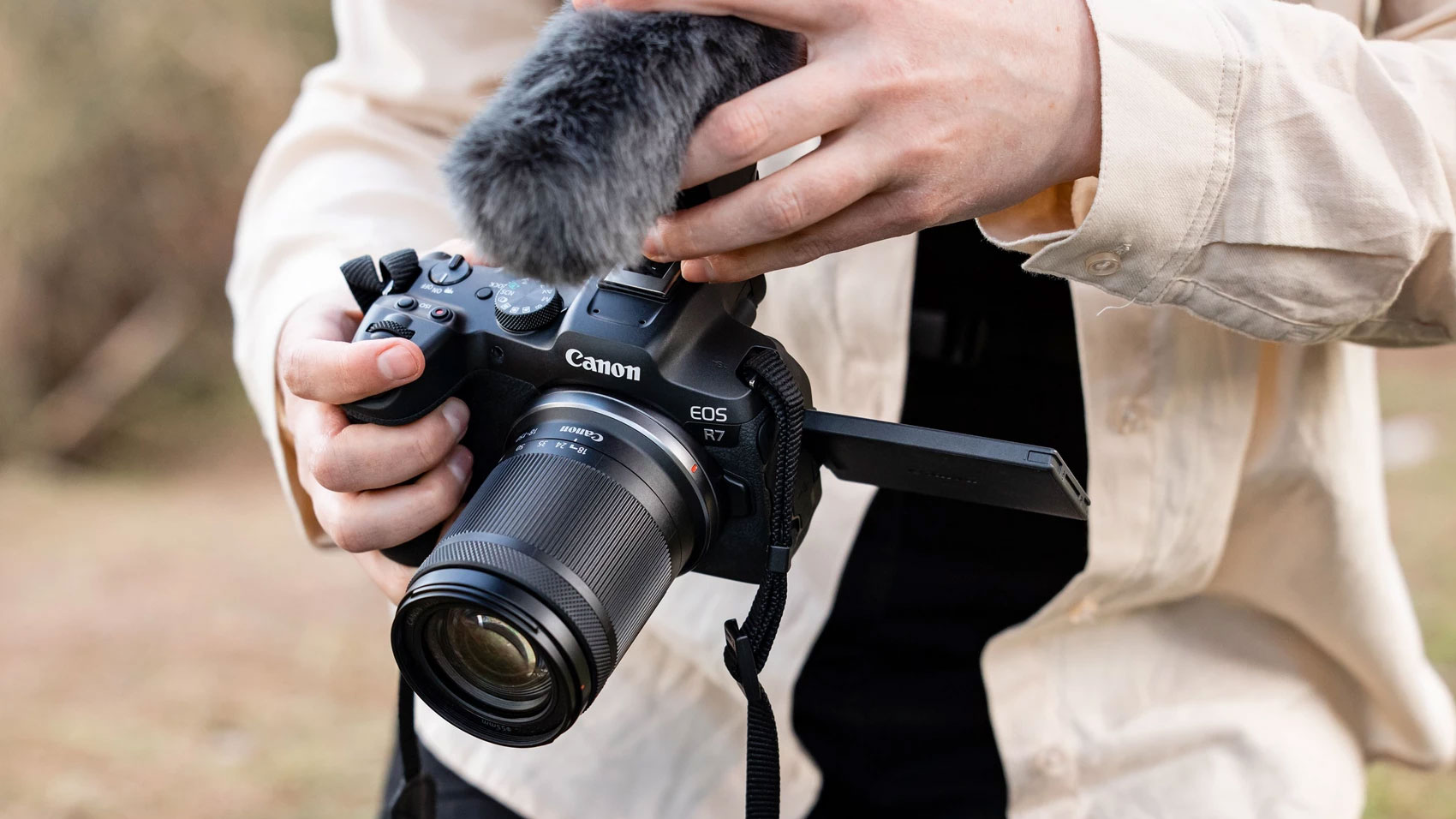
• Canon EOS R7: 4K (3840 x 2160) at up to 60p with or without a 1.8x crop
• Canon EOS 90D: 4K (3840 x 2160) at up to 30p with or without a 1.43x crop
The ability to shoot 4K video at up to 60P gives the R7 an edge over the 90D. Added to that, the R7 can shoot 4K 30p footage oversampled from 7K for better image quality and Canon Log 3 is available for those who want to take more control over how their videos look. The 90D doesn’t have a Log mode, but there’s an HDMI mini port that can be used to output clean footage with 4:2:2 8-bit colour. The R7 can also output clean footage over HDMI, but the colour is better at 10-bit 4:2:2.
Both cameras have external microphone and headphone ports.
5. Stabilisation
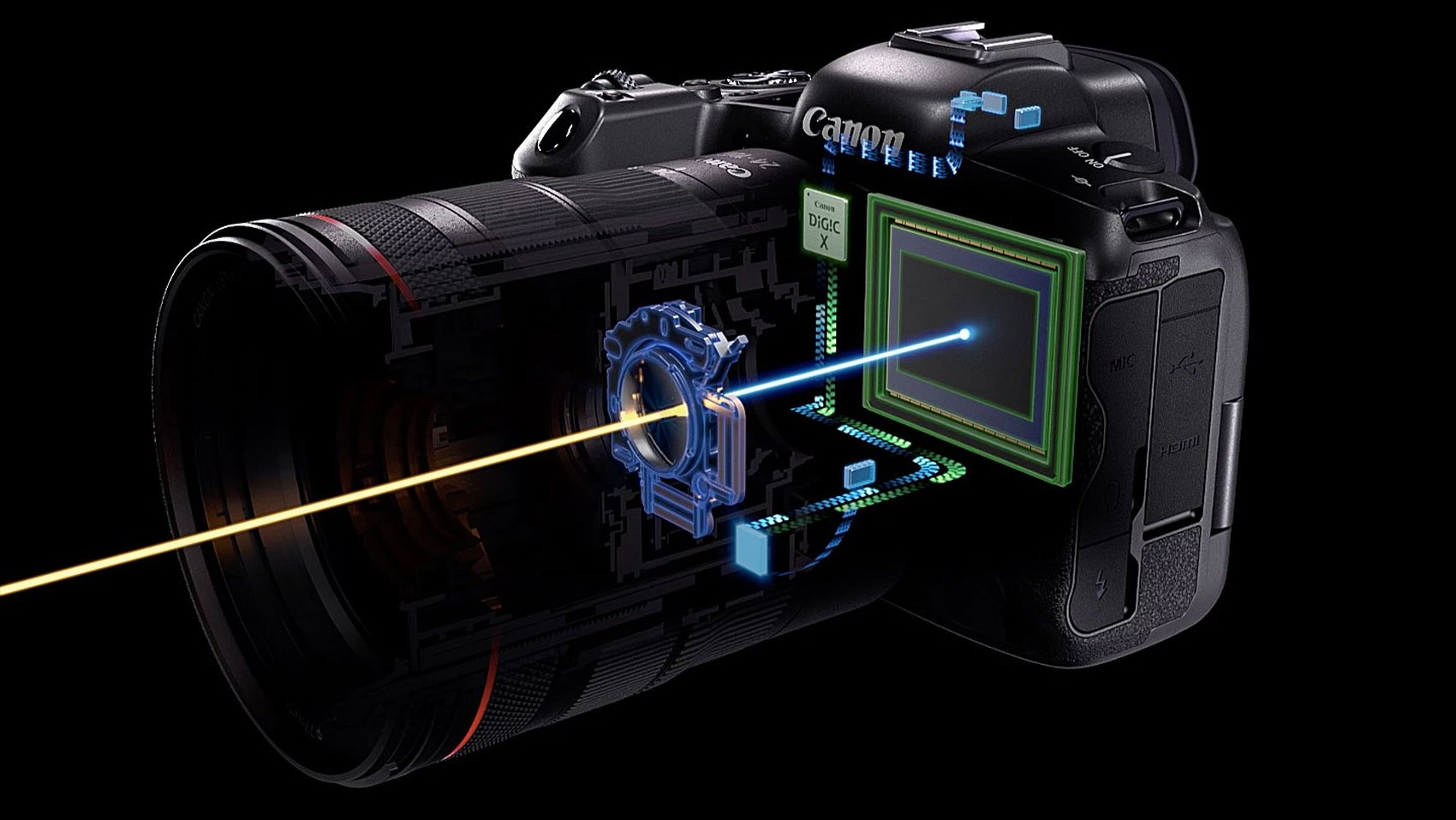
• Canon EOS R7: In-body image stabilisation (IBIS) to 8EV and Digital IS in movie mode
• Canon EOS 90D: Lens-based only
Canon stuck with lens-based stabilisation for its DSLRs, including the 90D, but the R7 has the latest generation of in-body image stabilisation (IBIS). This works in harmony with lens-based stabilisation to deliver up to 8 stops of shutter speed compensation. With the RF-S 18-150mm F3.5-6.3 IS STM kit lens, the R7’s IBIS gives up to 7 stops of compensation.
The R7’s stabilisation also enables Horizon Correction. When this is activated in the menu, the sensor rotates to correct a sloping horizon.
6. Construction and controls
• Canon EOS R7: 132.0 x 90.4 x 91.7mm, 530g body only
• Canon EOS 90D: 140.7 x 104.8 x 76.8mm, 701g body only
Although it is dust and weather-proofed to the same level, the R7 is smaller and lighter than the 90D. This space-saving comes at the cost of the secondary LCD screen and a few buttons on the top-plate. There are also a few differences on the back of the camera with the most noticeable being that the large control dial is around the joystick instead of lower down. This means that it will take a little time to adjust to using the R7 after the 90D, but it’s a slicker approach.
7. Viewfinder and screen
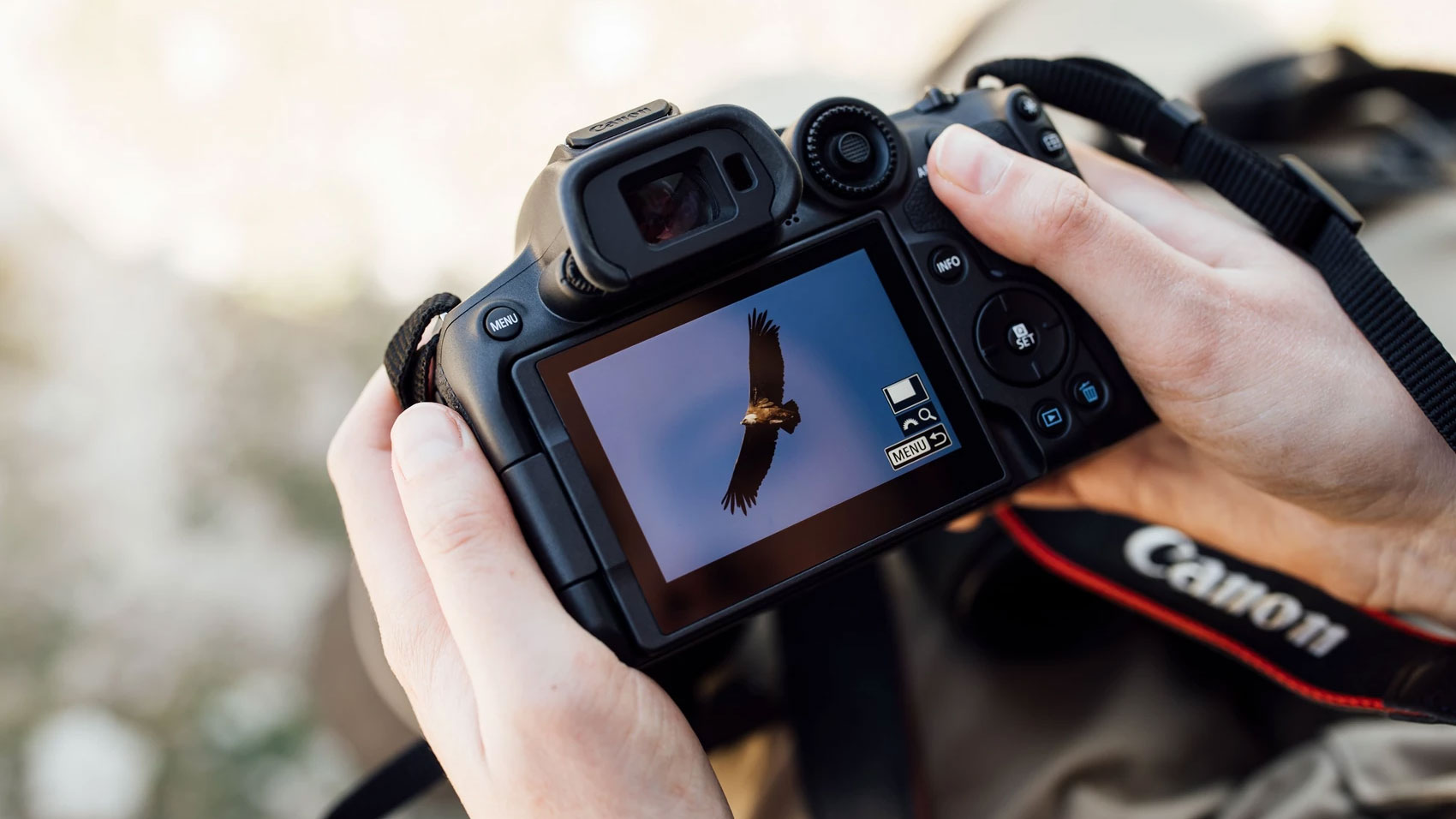
• Canon EOS R7: EVF: 0.39-type 2,360,000-dots OLED, Screen: Touch-sensitive vari-angle 2.95-inch LCD with 1.62 million dots
• Canon EOS 90D: Optical viewfinder, Screen: Touch-sensitive vari-angle 3-inch 1,040,000-dot Clear View II TFT
As the 90D is a DSLR and the R7 is a mirrorless camera, one of the biggest differences between them is their type of viewfinder. The 90D has an optical viewfinder that shows a natural view through the lens while the R7 has a digital viewfinder and you see a small screen showing the image from the camera’s sensor. While this can take a bit of getting used to, there are some significant advantage to using an electronic viewfinder, the most significant being that you see the impact of setting selections before the image is captured.
The R7 also works in permanent Live View mode so there’s no difference in the shooting experience when you switch between composing images in the viewfinder and on the screen. The 90D, on the other hand, uses different focusing, metering and white balance systems in Live View and viewfinder mode, and its performance changes.
8. Storage and battery
• Canon EOS R7: Dual SD/SDHC/SDXC UHS-II slots, LP-E6NH rechargeable battery
• Canon EOS 90D: Single SD/SDHC/SDXC UHS-II slots, LP-E6N rechargeable battery
Despite its smaller size, the Canon R7 has dual SD card slots while the 90D has just one slot. That’s handy for extra storage capacity, but alternatively, the slots can be set to enable an automatic back-up or storing different file formats separately.
DSLRs consume less power than mirrorless cameras so they can usually capture more images from a single battery charge. At 23°C, the 90D captures around 1300 images on a single charge whereas the R7 can capture around 770 if the screen is used to compose and 500 if the viewfinder is used. In real-world shooting you’re likely to capture more images in a single charge, but it’s still advisable for heavy users to buy a spare battery or two.
Canon EOS R7 vs EOS 90D: conclusions

The Canon 90D hasn’t got any worse as a result of the R7 coming on the scene, but if you have a 90D and you’ve been thinking of switching to mirrorless photography, the R7 makes a great choice with a more sophisticated specification. Its fast-shooting, advanced AF system and improved video capability are particularly attractive.
The R7 also costs a lot less than the full-frame R6 or R5 and it comes with the advantage that your existing EF-S and EF lenses can be mounted via an adapter. Switching to a full-frame camera would rule out using EF-S lenses.
But on the subject of lenses, the EOS R7 is at a considerable disadvantage at the time of launch. There are only two RF-S lenses to match the APS-C sensor, so the only alternatives are to use Canon EF DSLR lenses via an adapter, or larger and more expensive full frame RF lenses with a 1.6x crop factor. The EOS 90D, by contrast, has ready access to a large number of compatible lenses, both from Canon and from third-party lens makers.
Get the Digital Camera World Newsletter
The best camera deals, reviews, product advice, and unmissable photography news, direct to your inbox!
Angela has been testing camera gear from all the major manufacturers since January 2004 and has been Amateur Photographer’s Technical Editor and Head of Testing for Future Publishing’s photography portfolio (Digital Camera Magazine, PhotoPlus: The Canon Magazine, N-Photo, Practical Photoshop, Photography Week and Professional Photography magazines, as well as the Digital Camera World and TechRadar websites). She is the founder of SheClicks - a community group that encourages and supports female photographers.

